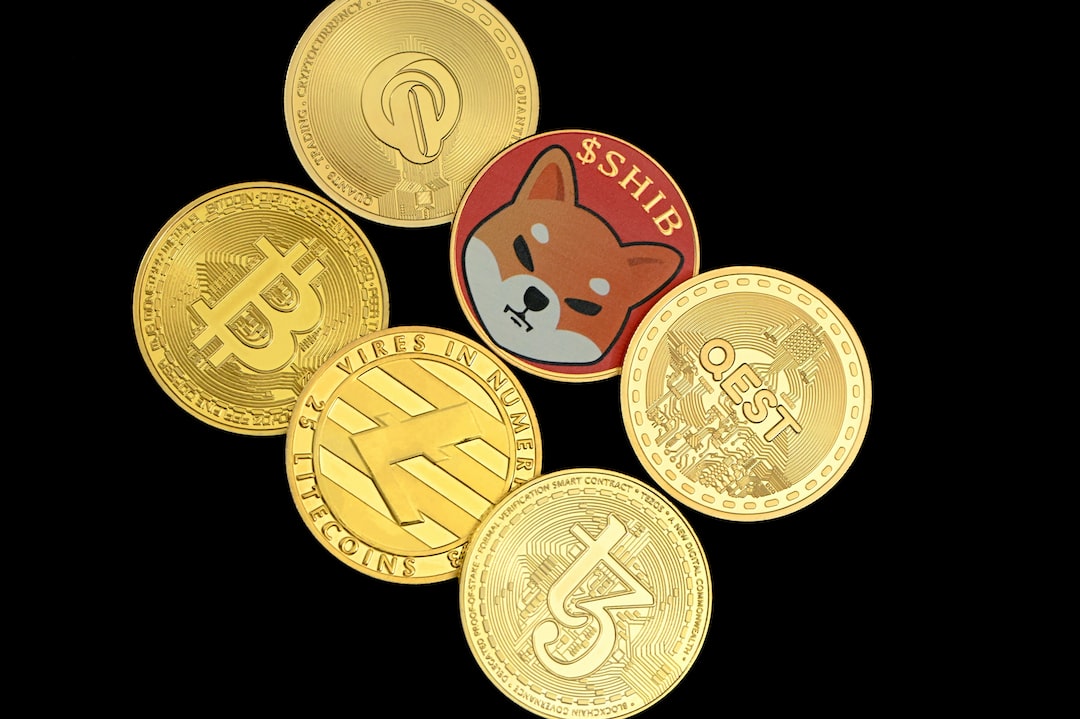Understanding Forex Swap Fees: A Beginner’s Guide
Forex trading is a highly popular financial market that allows individuals and institutions to trade currencies. As a beginner in forex trading, it is important to understand various aspects of this market, including swap fees. In this article, we will delve into the world of forex swap fees and provide you with a comprehensive guide to help you understand how they work.
What are Forex Swap Fees?
Forex swap fees, also known as rollover fees or overnight fees, are charges applied to forex positions that are held overnight. In forex trading, currencies are traded in pairs, such as EUR/USD or GBP/JPY. Each currency in a pair has an associated interest rate, set by the central bank of the respective country. When you hold a forex position overnight, you are essentially borrowing one currency to buy another, and as a result, you become subject to the interest rate differential between the two currencies.
How Do Forex Swap Fees Work?
Forex swap fees are calculated based on the interest rate differential between the two currencies in the forex pair you are trading. If you are buying a currency with a higher interest rate than the one you are selling, you will earn a positive swap fee. Conversely, if you are buying a currency with a lower interest rate than the one you are selling, you will incur a negative swap fee.
For example, let’s say you are trading the EUR/USD pair, and the European Central Bank (ECB) has set its interest rate at 0.10%, while the Federal Reserve (Fed) has set its interest rate at 0.25%. If you buy euros and sell dollars, you will be subject to the interest rate differential of 0.15% (0.25% – 0.10%). If the position is held overnight, you will either earn or pay the swap fee, depending on the direction of your trade.
Factors Affecting Forex Swap Fees
Several factors can influence the amount of swap fees you will incur in forex trading:
1. Interest Rate Differential: As mentioned earlier, the interest rate differential between the two currencies in a forex pair is a crucial factor in determining swap fees. The wider the interest rate differential, the higher the swap fees.
2. Position Size: The size of your position also plays a role in determining swap fees. Generally, the larger the position, the higher the swap fees.
3. Brokerage Fees: Different brokers have varying policies regarding swap fees. Some brokers may charge higher or lower fees compared to others. It is important to research and choose a broker that offers competitive swap fees.
How to Calculate Forex Swap Fees
To calculate forex swap fees, you need to consider the interest rate differential and the size of your position. Most forex trading platforms provide a swap calculator or an indicator that automatically calculates the swap fees for each position.
To manually calculate swap fees, you can follow this formula:
Swap Fee = (Interest Rate Differential / 100) * Position Size * Number of Days
For example, if you are trading the GBP/JPY pair with a position size of 10,000 and the interest rate differential is 1.5%, and you hold the position for three days, the swap fee would be:
Swap Fee = (1.5 / 100) * 10,000 * 3 = $45
Managing Forex Swap Fees
While swap fees are an inherent part of forex trading, there are strategies you can employ to manage and reduce these fees:
1. Short-Term Trading: By avoiding overnight positions and closing your trades before the end of the trading day, you can minimize the impact of swap fees. Short-term trading strategies, such as day trading or swing trading, can help you achieve this.
2. Choosing Currency Pairs: Some currency pairs have higher interest rate differentials than others. By focusing on currency pairs with positive interest rate differentials, you can earn swap fees instead of paying them.
3. Negotiating with Your Broker: Some brokers may be willing to negotiate swap fees, especially for high-volume traders. It is worth discussing this option with your broker to see if any adjustments can be made.
In conclusion, understanding forex swap fees is crucial for any beginner in the forex trading market. By comprehending how these fees are calculated and managed, you can make informed decisions and optimize your trading strategies. Remember to consider the interest rate differentials, position size, and brokerage fees when calculating swap fees. Additionally, implementing effective strategies like short-term trading and choosing currency pairs with positive interest rate differentials can help you minimize the impact of swap fees on your forex trading journey.





